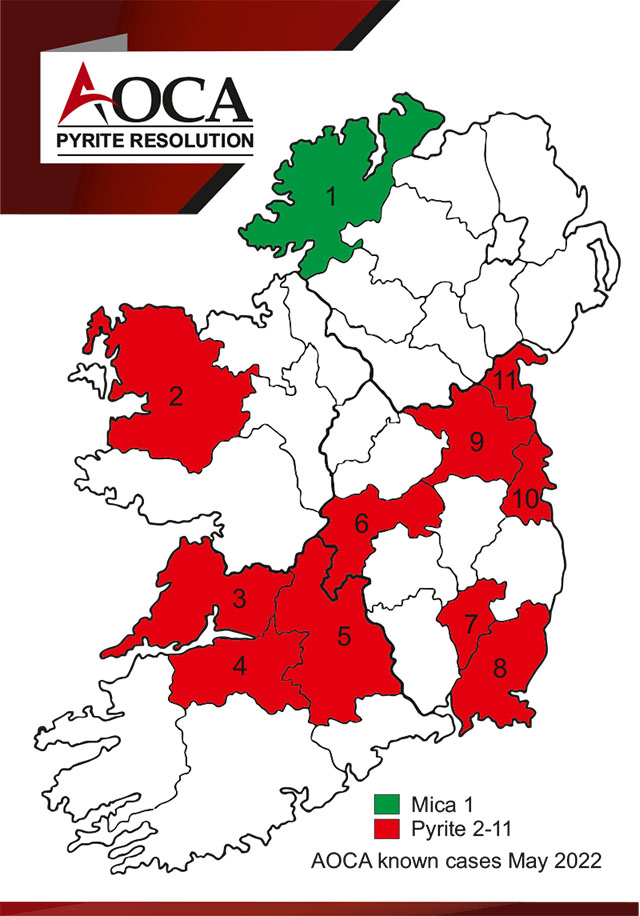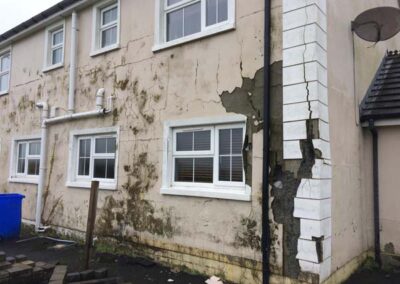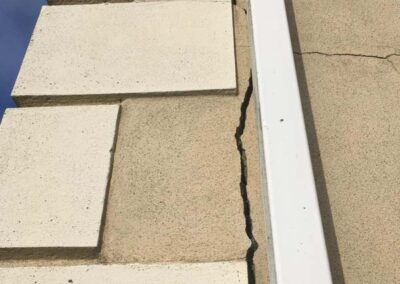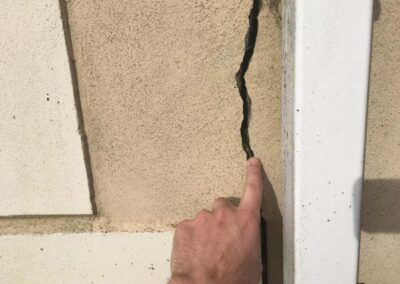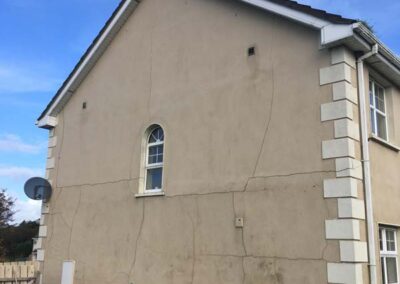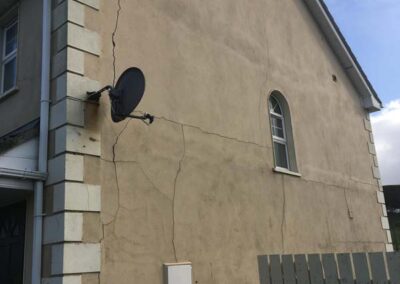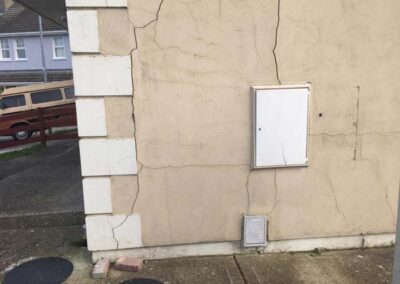Aidan O’ Connell & Associates
DEFECTIVE BLOCKWORK
What is Pyrite?
Pyrite or Iron Pyrite (FeS2) is a very common mineral that is present in many sedimentary rocks as framboidal crystals. Subject to certain conditions, pyrite is problematic in confined construction, such as under floor filling and within blockwork. This is due to a chemical reaction that can cause pyrite to swell.
Construction material containing relatively large amounts of pyrite minerals are likely to expand, crack and/or crumble over time. This occurs when framboidal crystalline pyrite, air and moisture, mix causing a chemical reaction to occur that creates expanding crystals within the material.
What is MICA?
A natural occurring mineral that is based on a collection of silicate minerals and composed of varying amounts of potassium, iron, aluminum, magnesium and water is Mica. It is found having thin-sheet like or plate-like structure with various composition and physical properties.
Why is Pyrite & Mica a problem within blockwork?
Micas are naturally occurring minerals found in rocks used in the construction blocks. Too much of it causes the blocks to absorb water, ultimately causing it to crumble. Mica attracts moisture from the environment, with external walls in some cases absorbing moisture from the ground like a sponge. The presence of mica affects the strength of the blocks and they eventually crumble. External walls are most exposed to the elements. Internal walls are better protected, but not immune to problems.
What are the tell-tale signs of Mica damage?
- Render falling off
- External wall cracking
- The crumbling of the concrete blockwork in the external walls
- Concrete block outer leaf moved away from window frames
set into the wall, thus restricting their operational use - Vertical cracks at external corners
- Crazy paving type cracking
Affected Areas
